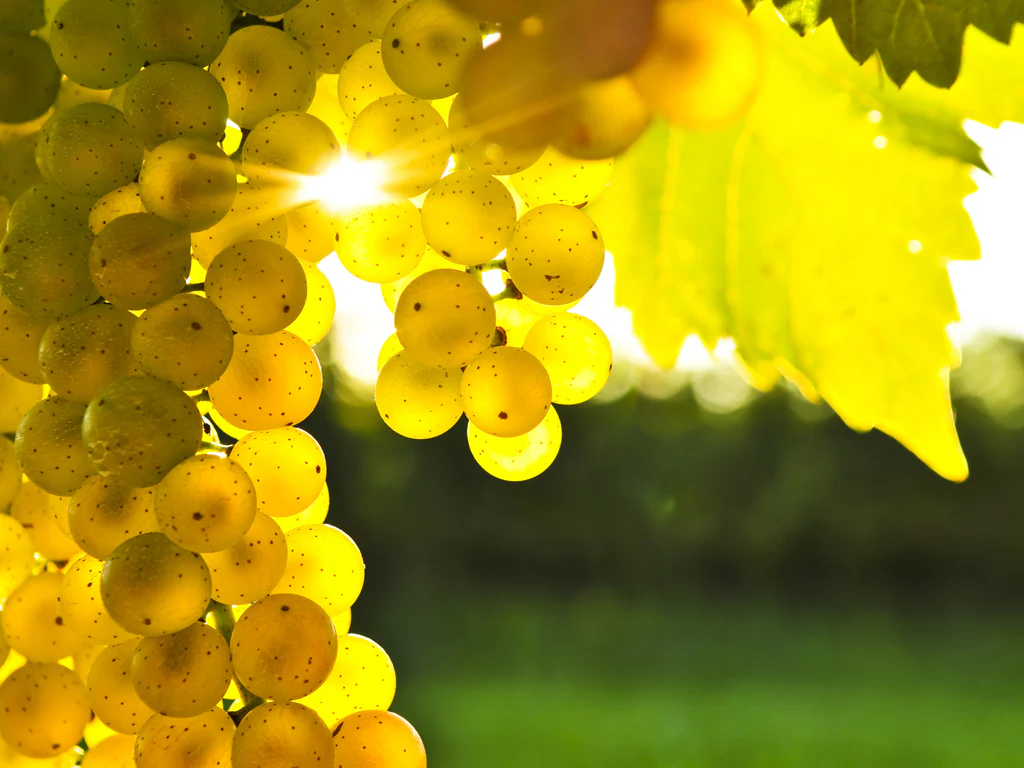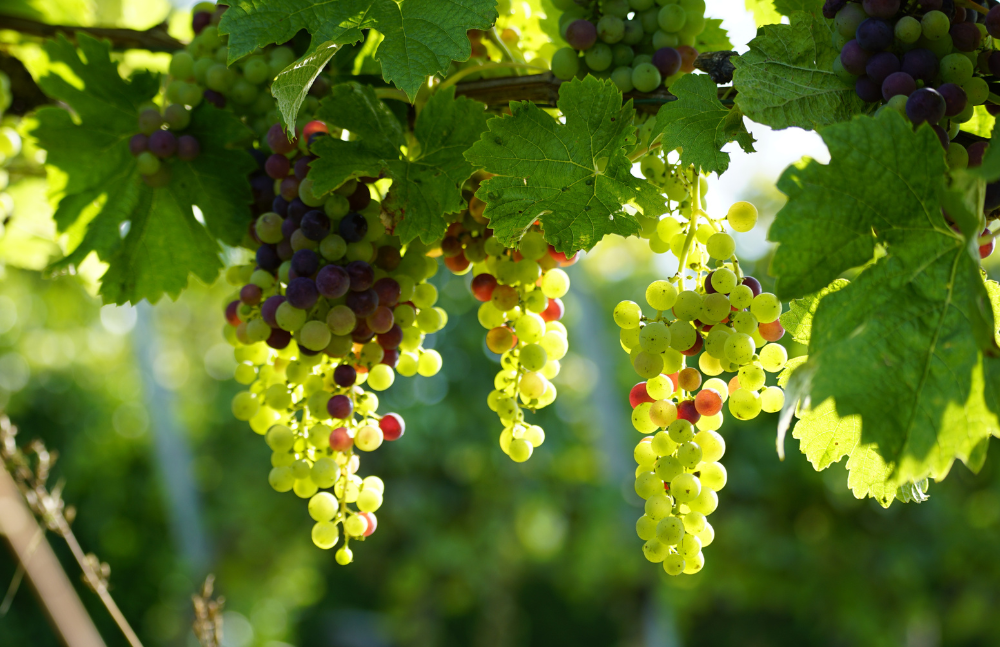Wine enthusiasts often hear about “good” and “bad” vintages, but few understand the intricate relationship between climate and grape quality that creates these distinctions. Climate serves as nature’s winemaker, influencing everything from sugar development to tannin structure in grapes. The delicate balance of temperature, precipitation, sunshine, and seasonal weather patterns determines whether a harvest will produce exceptional wine or merely adequate bottles. Understanding these climatic influences helps wine lovers appreciate why certain regions excel at specific varietals and why vintage variation exists even within the same vineyard. This knowledge transforms wine tasting from simple enjoyment into a deeper appreciation of nature’s role in crafting liquid art.
Temperature: The Master Controller of Grape Development
Temperature regulation stands as the most critical climatic factor affecting grape quality. Growing degree days – the accumulation of heat units during the growing season – determine whether grapes achieve optimal ripeness. Cool climates typically produce wines with higher acidity, lower alcohol content, and more delicate flavors, making them ideal for varieties like Pinot Noir and Riesling. Conversely, warm climates encourage sugar accumulation and phenolic development, creating bold, full-bodied wines perfect for Cabernet Sauvignon and Syrah.
Diurnal temperature variation – the difference between day and night temperatures – plays an equally important role. Large temperature swings preserve acidity while allowing flavor compounds to develop slowly, resulting in wines with better balance and complexity. Regions like Mendoza, Argentina, and Paso Robles, California, leverage significant diurnal variation to produce exceptional wines.
Rainfall Patterns and Water Stress Management

Precipitation timing and quantity dramatically influence grape quality through water stress regulation. Controlled water stress during specific growth phases concentrates flavors and enhances phenolic development. Too much rainfall during ripening dilutes flavors and increases disease pressure, while insufficient water can halt photosynthesis and prevent proper maturation.
The Mediterranean climate pattern – wet winters followed by dry summers – provides ideal conditions for premium wine production. This pattern allows vines to establish deep root systems while forcing them to concentrate their energy into fewer, more intensely flavored grapes during the crucial ripening period.
Sunshine Hours and UV Exposure Effects
Sunlight exposure affects both the quantity and quality of grape production. Photosynthesis efficiency depends on adequate sunshine hours, typically requiring 1,300-1,500 hours during the growing season for optimal results. However, excessive heat and UV radiation can damage grapes, causing sunburn and reducing wine quality.
Canopy management becomes crucial in sunny climates, where strategic leaf positioning protects grapes while maintaining necessary light exposure. High-altitude vineyards benefit from intense UV radiation that enhances anthocyanin development, creating wines with deeper color and more complex flavor profiles.
Seasonal Weather Patterns and Vintage Variation
Weather anomalies during critical growth phases create vintage variation that wine collectors prize. Spring frost can devastate yields, while harvest rain threatens quality by promoting rot and diluting flavors. Heat waves during veraison – when grapes begin changing color – can accelerate ripening beyond optimal levels.
Climate change increasingly affects traditional wine regions, forcing producers to adapt through earlier harvesting, altitude adjustments, and varietal selection changes. Some regions benefit from warming trends, while others face challenges maintaining their signature wine styles.
Understanding these climatic influences enhances wine appreciation and helps consumers make informed purchasing decisions based on vintage conditions and regional climate patterns.


